
大英博物馆晚清百态 China’s hidden century: 1796–1912 正版假一赔三
现货】大英博物馆晚清百态 China’s hidden century: 1796–1912
¥ 385 全新
仅1件
广东深圳
认证卖家担保交易快速发货售后保障
作者China’s hidden
出版社Hardcover
出版时间2023-07
装帧精装
上书时间2024-06-25
- 在售商品 暂无
- 平均发货时间 暂无
- 好评率 暂无
- 店主推荐
- 最新上架
商品详情
- 品相描述:全新
- 商品描述
-
Publisher :
British Museum Press; 1st edition (18 May 2023)
Language :
English
Hardcover :
336 pages
ISBN-10 :
0714124931
ISBN-13 :
978-0714124933
Dimensions :
26 x 3.5 x 28.7 cm
Cultural creativity in China between 1796 and 1912 demonstrated extraordinary resilience in a time of warfare, land shortages, famine and uprisings. Innovation can be seen in material culture (including print, painting, calligraphy, textiles, fashion, jewellery, ceramics, lacquer, glass, arms and armour, rugs, silver, money and photography) during a century in which China’s art, literature, crafts and technology faced unprecedented exposure to global influences.
1796 – the official end of the reign of the Qianlong emperor – is viewed as the end of the ‘high Qing’ and the start of a period of protracted crisis. In 1912, the last emperor, Puyi, abdicated after the revolution of 1911, bringing to an end some 2,000 years of dynastic rule and making way for the republic.
Until recently the 19th century in China has been defined as an era of cultural stagnation. Built on new research, this book sets out a fresh understanding of this important era and creates a detailed visual account of responses to war, technology, urbanisation, political transformations and external influences. The narratives of each chapter are brought to life and individualised through illustrated biographical accounts that highlight the diversity of voices and experiences contributing to this fascinating, turbulent period in Chinese hi
— 没有更多了 —











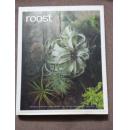
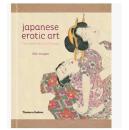
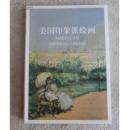
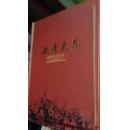







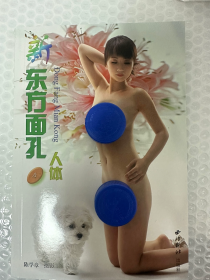


以下为对购买帮助不大的评价